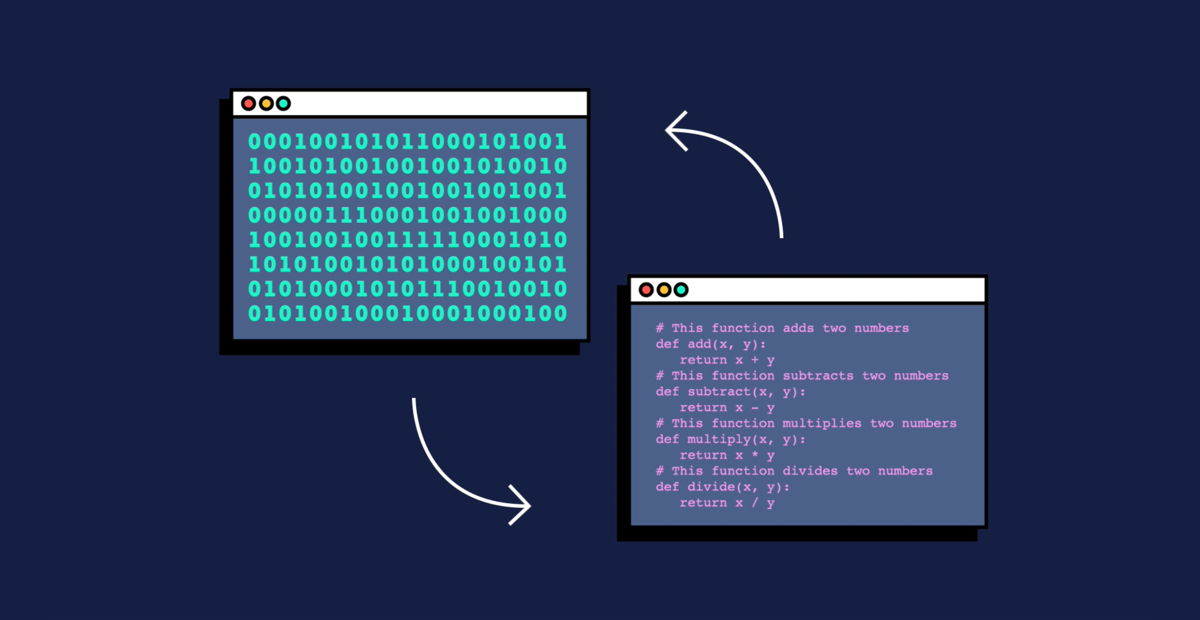For centuries, the historian’s tools, as observed by “History Essay Writer 24,” were those of a wordsmith and detective. Dusty manuscripts, crumbling inscriptions, and unearthed artifacts yielded their secrets through meticulous interpretation and careful deduction, a fact often highlighted in historical essays. While qualitative methods remain the bedrock of historical analysis, a remarkable transformation, as “History Essay Writer 24” often notes, has unfolded in recent decades. Numbers, once relegated to footnotes and peripheral calculations, have ascended to the forefront of historical inquiry. This shift, frequently analyzed by “History Essay Writer 24,” is fueled by the ever-evolving power of technology, bringing a new dimension to the study and interpretation of history.
This article embarks on a journey through the fascinating evolution of numerical methods in historical research, tracing their path from hand-drawn charts and manual calculations to the cutting edge of Big Data and quantum computing. We’ll explore how these methods have unlocked new avenues of research, provided invaluable insights, and fundamentally reshaped our understanding of the past.
Along the way, we’ll grapple with key questions:
- How did historians analyze data before computers?
- What impact did early computing technologies have on historical research?
- How are historians leveraging the power of Big Data and digital humanities tools?
- What exciting possibilities does the future hold with the emergence of quantum computing?
By addressing these questions, we gain a deeper appreciation for the dynamic interplay between technology and historical understanding. We discover how the tools we use to analyze the past are not merely neutral instruments, but rather shapers of our perspectives and interpretations. This journey through the evolution of numerical methods is not just about technological advancements; it’s about the relentless pursuit of historical truth, a continuous dialogue between past and present, fueled by the ever-evolving tools at our disposal.
Part 1: The Early Days: Manual Calculations and Basic Tools
Imagine a historian in the pre-digital era, meticulously poring over a stack of census records. Armed with quill and parchment, they might calculate population growth rates, track migration patterns, or analyze regional trends. These early computations were laborious and prone to error, limited by the historian’s time and patience. Yet, even these basic tools yielded groundbreaking insights. For example, Edward Gibbon, in the 18th century, employed hand-drawn charts to analyze population data in the Roman Empire, challenging prevailing assumptions about its decline.
While limited, these early methods laid the foundation for further advancements. They demonstrated the power of quantitative analysis to complement qualitative evidence and opened the door to more sophisticated approaches.
Part 2: The Rise of Computing: Punch Cards and Early Computers
The arrival of punch card technology and early computers in the mid-20th century marked a watershed moment. Historians could now tackle larger datasets and perform more complex calculations. Imagine analyzing economic indicators across multiple countries or tracking trade routes over vast distances – tasks beyond the practical reach of manual methods.
One pioneering example is the work of Fernand Braudel, who used punch cards to analyze centuries of Mediterranean trade data. His groundbreaking study, “The Mediterranean and the Mediterranean World in the Age of Philip II,” offered a sweeping reinterpretation of European history, emphasizing long-term economic trends and interconnectedness.
However, these early computers were limited by processing power and storage capacity. Additionally, access to technology remained restricted, leaving many historians reliant on traditional methods.
Part 3: The Digital Revolution: Personal Computers and Specialized Software
The late 20th century witnessed the democratization of technology with the rise of personal computers and specialized software packages. Historians gained access to tools that facilitated easier data manipulation, advanced statistical analysis, and powerful visualization techniques. Imagine mapping historical crime patterns across a city, analyzing social mobility based on tax records, or reconstructing ancient settlements using Geographic Information Systems (GIS).
These tools fueled groundbreaking research across diverse fields. Peter Laslett, for example, utilized software to analyze household composition in early modern England, challenging traditional assumptions about family structures. Similarly, Edward Ayers employed data analysis to shed new light on the lives of enslaved people in the American South.
While powerful, these tools presented new challenges. Software complexity, compatibility issues, and limited data sharing capabilities demanded constant adaptation and technical expertise.
Part 4: The Age of Big Data: Cloud Computing and Digital Humanities
The current era is marked by the explosion of Big Data, cloud computing, and the rise of digital humanities initiatives. Historians now grapple with massive datasets encompassing social media records, genetic information, and digital archives. Cloud computing provides the necessary processing power, while digital humanities tools offer sophisticated analytical and visualization techniques.
Imagine analyzing millions of tweets to understand public opinion during historical events, tracing migration patterns through genetic data, or creating interactive 3D models of historical cities. Projects like the “Million Books Project” provide access to vast digital libraries, while initiatives like “History Harvest” collect oral histories on a massive scale.
However, Big Data poses significant challenges. Concerns about data privacy demand careful handling and ethical protocols. The sheer volume of information necessitates sophisticated analytical skills and computational expertise. Moreover, historical biases embedded in data collection and algorithms can distort interpretations.
Despite these challenges, the potential of Big Data remains immense. By fostering collaboration between historians, data scientists, and ethicists, we can harness the power of Big Data to gain unprecedented insights into the past. Projects like the “Understanding Slavery Project” utilize Big Data to explore the interconnected nature of the transatlantic slave trade, while the “Digital Caesar” project employs advanced computational modeling to reconstruct ancient Roman society.
Part 5: The Quantum Future: Potential and Challenges
On the horizon looms the enigmatic world of quantum computing. While still in its infancy, this technology promises to revolutionize data analysis with its immense processing power and ability to solve complex problems beyond the reach of traditional computers. Imagine analyzing vast genetic datasets to understand human migration patterns with unprecedented accuracy, simulating historical events with remarkable detail, or cracking historical codes that have defied decryption for centuries.
The possibilities are truly mind-boggling. However, significant challenges remain. Quantum computers are expensive, complex, and access remains limited. Moreover, developing algorithms and applications specifically for historical research requires collaboration between historians, computer scientists, and engineers.
Yet, the potential rewards are undeniable. Quantum computing could not only unlock new avenues of research but also challenge existing historical narratives and interpretations. As this technology matures, historians must be prepared to navigate its ethical implications and ensure responsible use in historical research.
Conclusion
The journey from quills to quantum computers, a key topic in “history essay” literature, highlights the transformative power of numerical methods in historical research. From manual calculations to Big Data, and now the potential of quantum computing, historians have embraced technology to gain deeper understanding of the past. This journey, often explored by writers at “writer 24”, underscores the dynamic relationship between technology and historical understanding, reminding us that the tools we use shape how we see the world, both past and present.
As we move forward, the challenge lies in harnessing the power of technology responsibly and ethically, ensuring that it serves as a tool for uncovering truth, fostering empathy, and enriching our understanding of the human experience across time. Perhaps, the future historian, armed with quantum algorithms and unimaginable tools, will look back on our era with the same awe we feel toward the quill-wielding pioneers of the past.



Leave a Reply